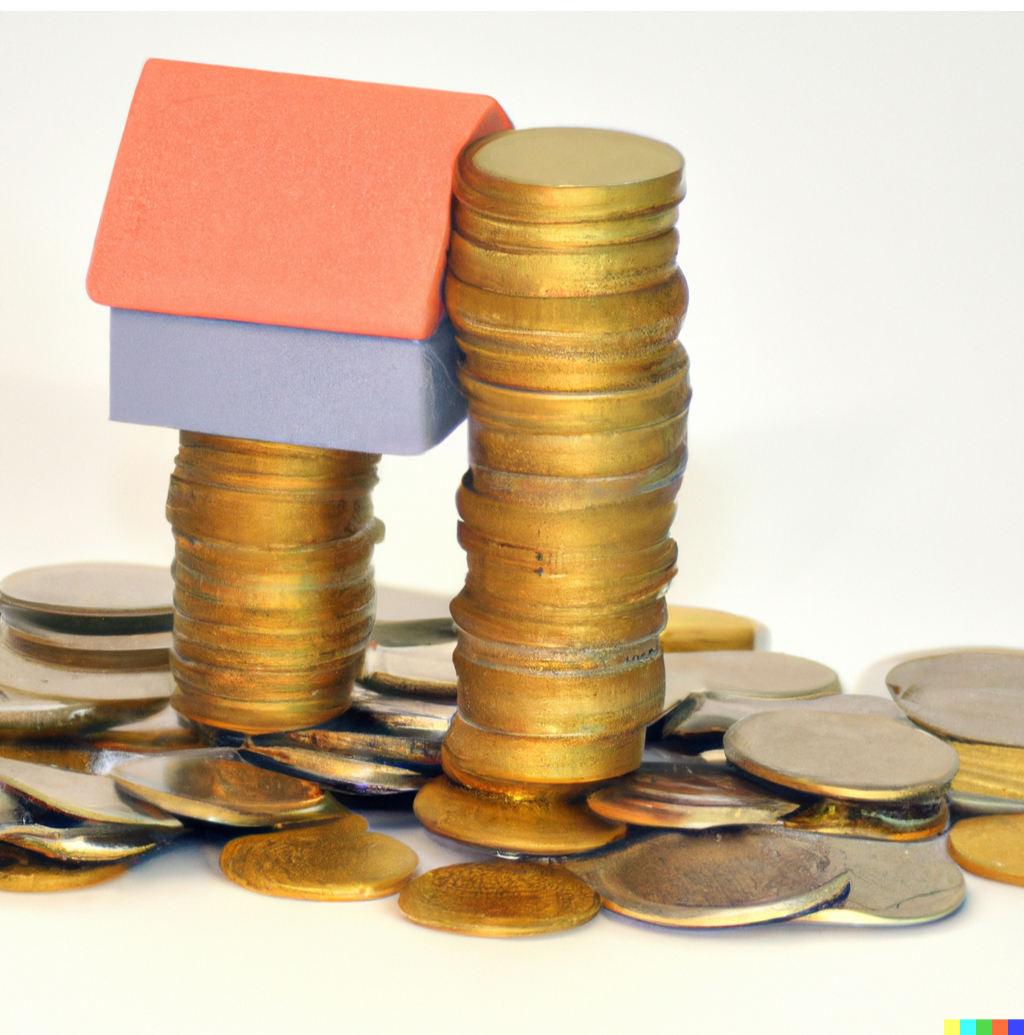Blog > Building Wealth with "Floating" Mortgages

Title: The Art of Floating: Maximizing Homeownership with Floating from Mortgage to Mortgage
Introduction:
Owning a home is a dream for many individuals, but the traditional path to homeownership can often feel daunting. However, there is an alternative strategy that allows you to take advantage of lower down payments and mortgage rates while building a real estate portfolio. This strategy is known as "floating from mortgage to mortgage." In this article, we will explore the concept of floating and how it can be a viable option for those looking to invest in real estate while enjoying the benefits of homeownership.
1. The Basics of Floating from Mortgage to Mortgage:
The idea behind floating from mortgage to mortgage is to purchase a home as a primary residence, taking advantage of lower down payment requirements and more favorable mortgage rates. After living in the property for a year, you can then choose to rent it out and repeat the process by purchasing another home as your new primary residence. This approach allows you to leverage the benefits of owner-occupied financing while gradually building a real estate portfolio.
2. Lower Down Payments and Mortgage Rates:
When purchasing a property as your primary residence, lenders often offer more favorable terms compared to investment properties. This includes lower down payment requirements, typically ranging from 3% to 5% of the purchase price, compared to the higher down payment needed for investment properties, which can be around 20%. Additionally, mortgage rates for primary residences are often lower, resulting in reduced monthly mortgage payments and potentially significant long-term savings. Using a USDA or VA loan (if qualified)can offer no money down payments.
3. Building Equity and Cash Flow:
By living in each property for a year, you can benefit from the appreciation in property value while building equity through mortgage payments. Over time, as you accumulate more properties, the equity in each home grows, providing you with increased financial stability and potential borrowing power for future investments. Furthermore, by renting out the properties, you generate rental income that can contribute to positive cash flow, which can help cover mortgage payments and potentially generate additional income.
4. Tax Advantages:
One of the advantages of owning investment properties is the ability to take advantage of various tax benefits. While tax laws and regulations may vary depending on your location, you may be eligible for deductions on mortgage interest, property taxes, insurance, maintenance expenses, and depreciation. Consult with a tax professional to understand the specific tax advantages available to you and how they can positively impact your overall financial situation.
5. Considerations and Challenges:
Floating from mortgage to mortgage requires careful planning and consideration. Here are a few important factors to keep in mind:
a. Financing and Qualification: As you acquire multiple mortgages, lenders will consider your existing mortgage obligations when determining your eligibility for new loans. Make sure to maintain a good credit score and manage your finances responsibly to increase your chances of qualifying for new mortgages.
b. Property Management: Renting out properties means taking on the responsibilities of a landlord. This includes finding tenants, handling maintenance and repairs, and dealing with potential vacancies. Consider whether you have the time, resources, and inclination to manage multiple properties or if hiring a property management company would be a more suitable option.
c. Market Conditions: Real estate markets can fluctuate, and the success of this strategy relies on favorable market conditions. Conduct thorough market research and analysis to ensure that property values are appreciating and rental demand is strong in the areas where you plan to invest.
Floating from mortgage to mortgage offers an alternative approach to homeownership that allows you to take advantage of lower down payments and mortgage rates while building a real estate portfolio. By purchasing homes as primary residences, living in them for a year (or two), and then renting them out, you can harness the benefits of owner-occupied financing and generate rental income. However, it is essential to carefully consider the financial, practical, and market factors involved before embarking.


